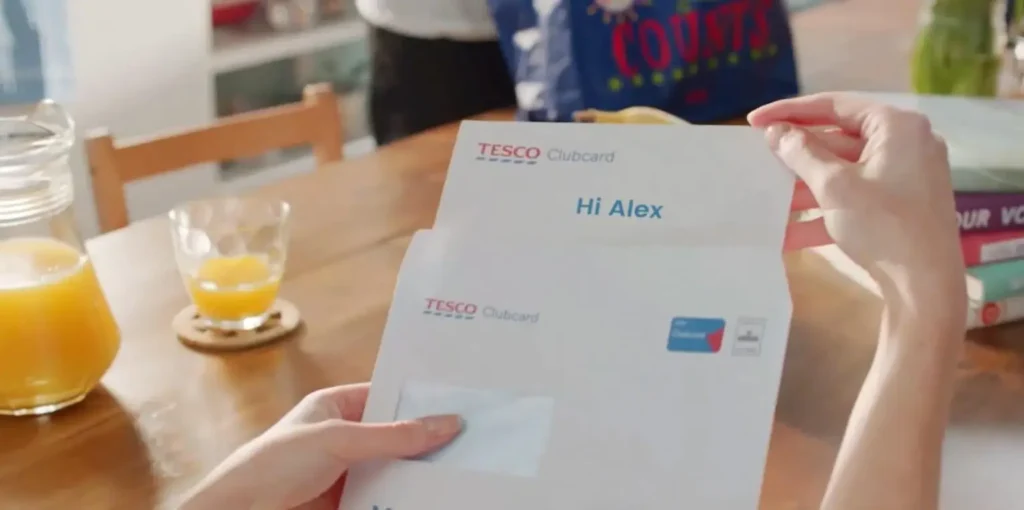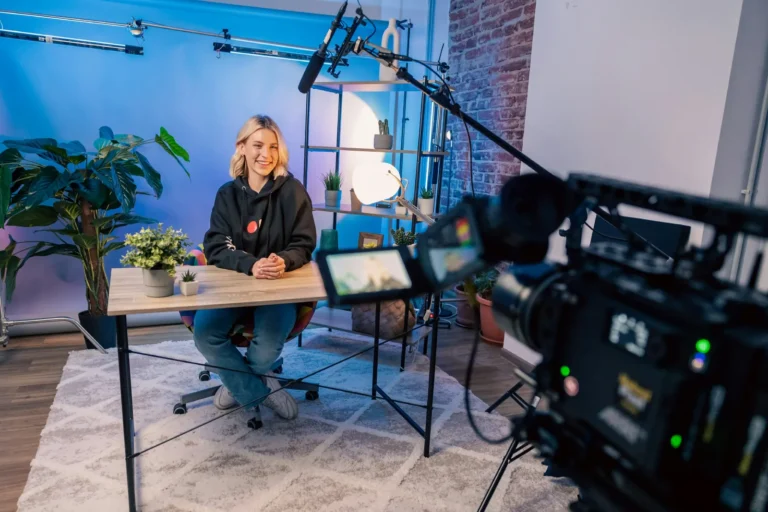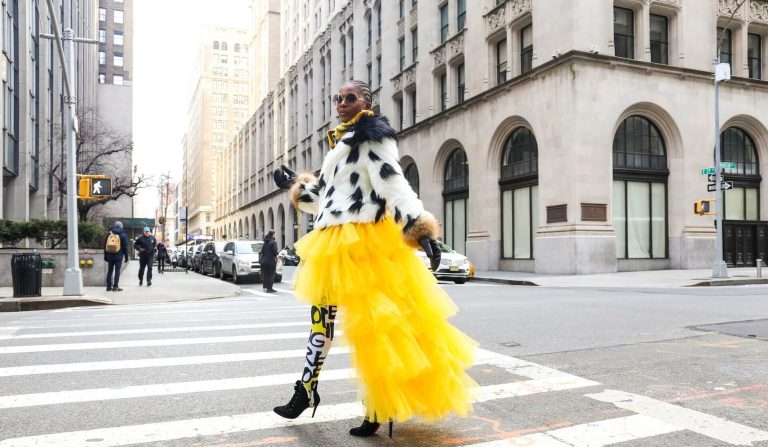It’s all too easy to lose track of time once you go down the TED Talk rabbit hole. The 15-20 minute video bites of wisdom shared by industry leaders, researchers, experts and authors are all but irresistible. They’re visually engaging, frequently funny and always interesting.
“I’ll watch just one more,” you say. “Another little break won’t hurt. The report I’m supposed to be working on isn’t due until tomorrow.” Famous last words if ever there were any. Hours later you emerge from a TED-induced haze: at some point it got dark outside, everyone’s left the office, your report is no further along than it was at lunchtime, but you’re inspired and energized and eager to test out dozens of new ideas you picked up. Many of us have been there. And for those of you who haven’t had the opportunity – nay indulgence – of watching a TED talk or twenty, welcome to the dark side.
When you work in the creative industry, there’s frequently a lot of huff and puff over must-see this and must-read that. I’m here to make your life a little easier and to keep you from tipping over into the land of one TED Talk too many. Below you’ll find my 4 absolute favorite TED Talks that everyone should watch. These are the ones I think are particularly important for creative professionals to watch, the ones that are really going to leave you thinking about what you watched and how it applies to your customer engagement strategies and the communication your team generates.
How to Speak So That People Want to Listen
Julian Treasure is a sound consultant and advises businesses on how best to use sound to their advantage. In this lecture, he focuses on addressing tone of voice – a crucial element for any creative professional who works in an auditory medium, especially projects involving voice actors.
We had touched on this idea in a previous blog where we talked about psychologist Albert Mehrabian’s discovery that 93% of communication is done non-verbally. Body language and tone of voice are more important than the words you’re saying to someone. It’s all about knowing how to present what you want to say in a way that engages an audience and elicits some sort of emotionally reaction.
Treasure goes a bit further with specific examples of the best voice techniques to use and advise for how to best present a likeable external presence.
The Clues to Telling a Great Story
Filmmaker Andrew Stanton, the writer behind all three “Toy Story” movies, knows a few things about telling a great story. He hooked me as soon as he said that a major key to successful storytelling is “knowing that everything you’re saying, from the first sentence to the last, is leading to a singular goal…”
When you work in the creative industry, it’s easy to get swept up in the pressure to innovate and the excitement of new ideas. Stanton gives a strong reminder that good storytelling is consistent, speaks to consumers on a human level and should always give someone a reason to care. As he says, “Make me care – emotionally, intellectually, aesthetically – just make me care.”
This is an area where personalized communication especially shines. When you highly target your content, knowing it will directly appeal to your audience, you’re created a situation where individuals are predisposed to caring and are therefore exponentially more likely to engage with you. It’s the same reason why 86% of buyers say personalization plays a role in their purchasing decisions.
Perception is Everything
Perception is everything. That’s the case made by Rory Sutherland in this TED talk.
Specifically, the amount of control we perceive we have heavily impacts happiness. “The circumstances of our lives may actually matter less to our happiness,” he says, “than the sense of control we feel over our lives.”
This is a great TED Talk to listen to if you work at all with customer experience, because it discusses how perceptions are created and names some of the most powerful drivers of perception.
How Virtual Reality Can Create the Ultimate Empathy Machine
Chris Milk calls himself an “immersive storyteller”. In this TED Talk he muses on his earliest memory of experiencing virtual reality and how it made such a large emotional impression on him, he now incorporates it in his professional work. Watch as he shares a moving virtual reality experience he created in conjunction with the United Nations to share the story of a 12-year-old girl, Sidra, and her journey fleeing Syria.
Milk says that because the viewer is experiencing Sidra’s environment in 360-degree virtual reality, they can fully emotionally immerse themselves in her story. They’re not just experiencing it through the frame of a television or computer screen. To look up or down, left or right, is to see Sidra’s surroundings as she sees them.
It’s an excellent case for using VR to massively enhance storytelling capabilities, allowing customers to form fully committed brand relationships based on emotional connection.
Want more?
To find out more about Idomoo’s easy-to-use Personalized Video as a Service Platform (PVaaS™) and how we can help you reach your customers and drive action, contact us below.






